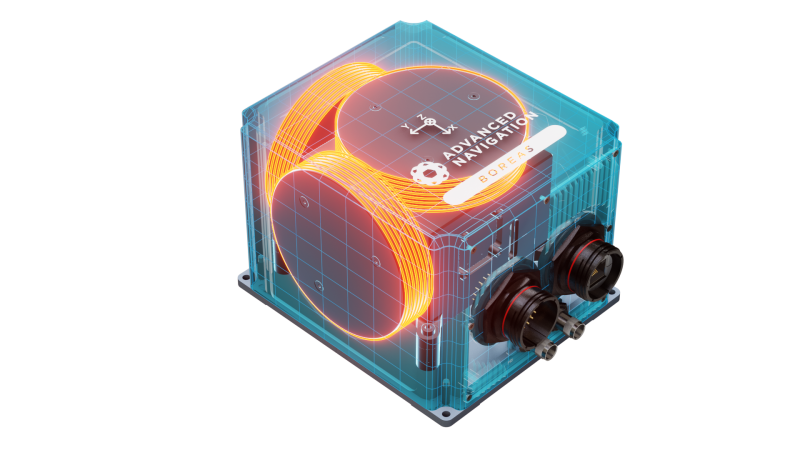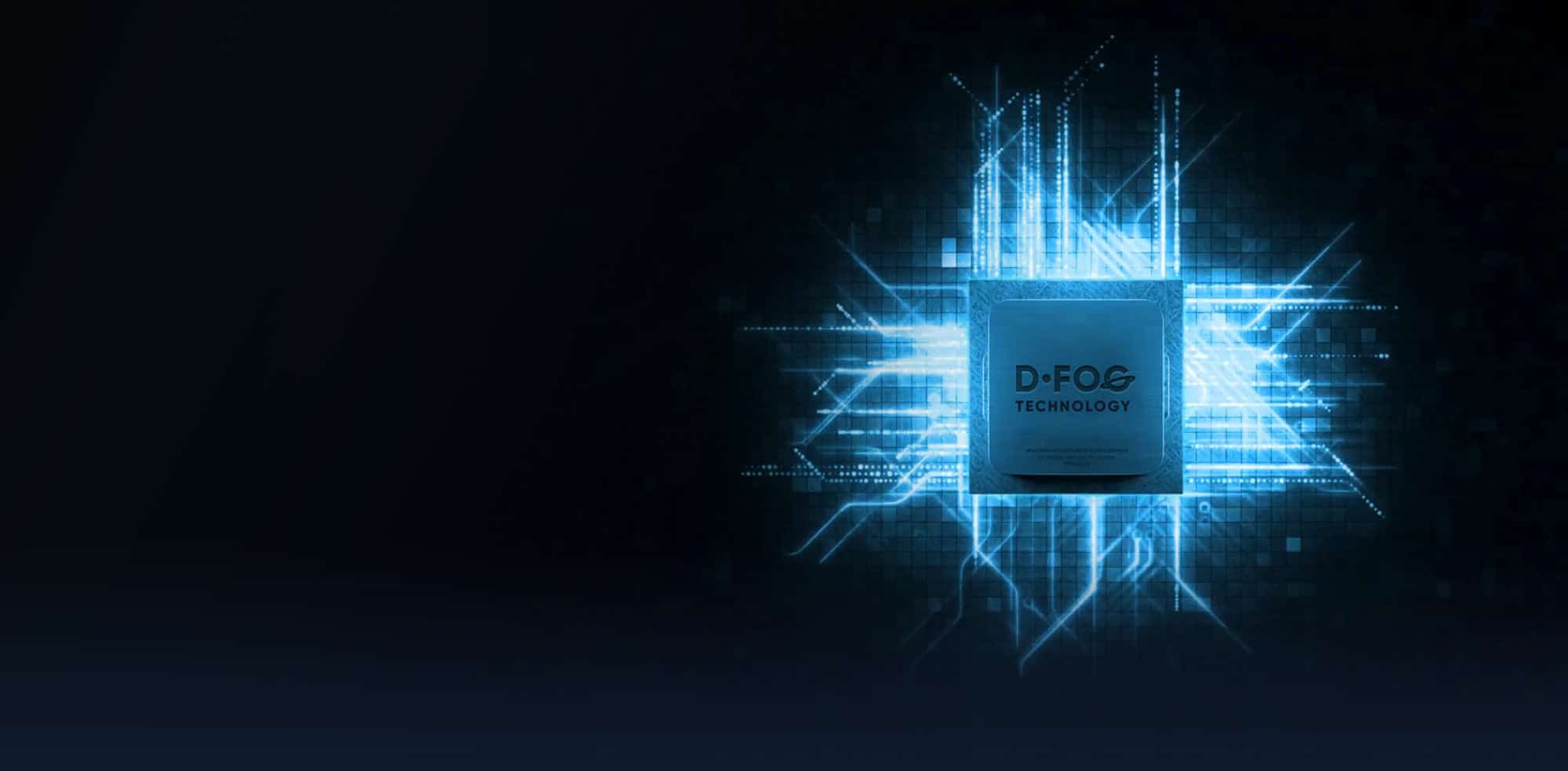This article is sponsored by Advanced Navigation.
Navigation has always been at the core of human exploration, enabling the settlement of new lands, opening of new frontiers, establishment of trade routes, and communication across vast distances. It has evolved significantly over our species’ history, and is currently undergoing a new age of change and importance with the advent of autonomous systems. While the traditional Global Navigation Satellite System (GNSS), which enables GPS technology, is ubiquitous in all forms of transportation needed on earth, it relies on constant visibility of satellites to operate. The limitation of this is that signals can often be disturbed or compromised. This is where Inertial Navigation Systems (INS), which utilize motion sensors such as gyroscopes that measure rotation and accelerometers, augment satellite connectivity to fill the void and bring navigation capabilities to new heights.
Advanced Navigation, an Australian-based AI and robotics company, stands at the forefront of INS solutions. Empowered by a mission to drive the autonomy revolution, Advanced Navigation uses AI-powered navigation systems to deliver unparalleled capabilities and performance to a broad array of industries, including aerospace, defense, surveying, autonomous vehicles and more.
Amid the company’s extensive portfolio of solutions, two particular technologies help to deliver ultra-high accuracy, reliability and advanced design far beyond competitors. This includes the use of AI fusion neural networks for INS, and the development of digital FOG technology.

Using AI and Neural Networks for INS
Advanced Navigation was founded on the major breakthrough of applying Artificial Neural Networks (ANNs) to inertial navigation. Traditionally, industries have been using the Kalman filter, an algorithm developed in the 1960s, for guidance and navigation applications. The Kalman filter uses a model of a system and a set of measurements to estimate the current state of a system, and then uses that estimate to predict the future state of the system. Although commonly used, the filter faces limitations in correcting certain errors in the process of determining an object’s position, such as biases, scale-factor errors, instabilities and noises.
Having spotted an opportunity to address these errors and revolutionize inertial navigation, Advanced Navigation entered the space in 2012 by commercializing an AI fusion neural network out of a university thesis. Equipped with self-learning capabilities, the technology introduced faster sensor error tracking and superior integrity monitoring by recognizing patterns in large amounts of data. This enabled the system or vehicle to produce reliable data with higher accuracy, and better tracking of errors than current industry players. There was also a leap in performance in difficult conditions where erroneous data was fed into the system, which was especially noticeable in high multipath GNSS environments such as urban canyons or complex terrain.
As the leading player to spearhead this technology, Advanced Navigation corroborated the development with many years of lab and field research and rigorous testing. The process, consisting of building enormous data into the AI fusion neural network model to establish a strong baseline of data, was propelled by the simple yet paramount goal to ensure the model exhibited evident advantages over traditional Kalman filters. All of this foundational work would later enable the company to develop INS offerings on high-end microprocessors operating at a relatively lower level of power, significantly reducing the size, weight, power and cost (SWaP-C) of units, and shaping the next generation of INS solutions.

The World’s First Digital FOG technology
Generally speaking, inertial navigation has long relied heavily upon fiber optic gyroscopes (FOG), developed in 1976. The first generation of FOG used analog signals and analog signal processing. Two decades later, it improved upon the first generation with a hybrid approach combining analog signal with digital signal processing.
In 2021, Advanced Navigation introduced the world’s first fully Digital FOG (DFOG). A culmination of 25 years of development involving two research institutions, the patent-pending technology offers ultra-high accuracy, strategic-grade INS, alongside a 40% reduction in SWaP-C relative to competing systems. It contains Advanced Navigation’s revolutionary AI sensor fusion algorithm, the very formula that established the company’s roots in its early days.
DFOG relies upon three different, but complementary, technologies. Firstly, it uses a digital modulation technique passing spread spectrum signals through a coil, becoming more stable and reliable than traditional FOGs as this technique allows in-run variable coil errors to be measured and removed, as well as allowing for a smaller coil to achieve the same accuracy. Secondly, the size, weight, and power is significantly cut down by a revolutionary optical chip which integrates five components into a single chip and removes all of the fiber splices. Finally, DFOG utilizes a closed-loop optical coil to take advantage of the digital modulation technique discussed above. This not only allows for the sensing of the aforementioned coil errors, but also offers a high level of protection against shock and vibration.
Advanced Navigation has integrated this technology in its Boreas product line, including Boreas D90 and Boreas D70. Both products combine the closed-loop DFOG and closed-loop accelerometer technologies with a dual antenna RTK GNSS receiver. These are coupled in a sophisticated fusion algorithm to deliver accurate and reliable navigation. The systems features ultra-fast gyro compassing, acquiring and maintaining an accurate heading under all conditions with no reliance on GNSS.
For more information on Advanced Navigation’s inertial navigation solutions, visit www.advancednavigation.com.






